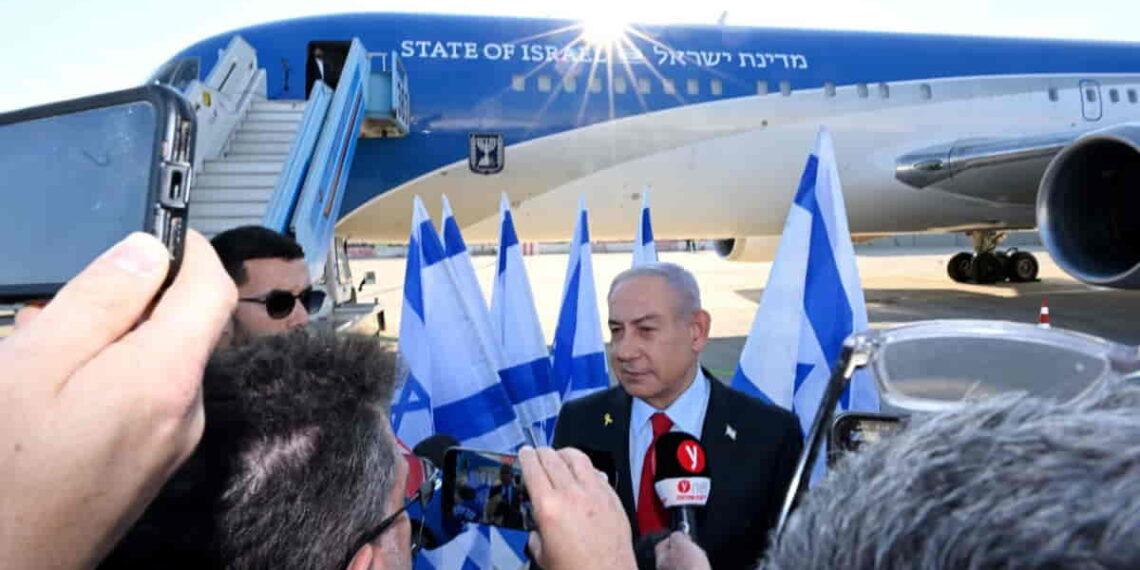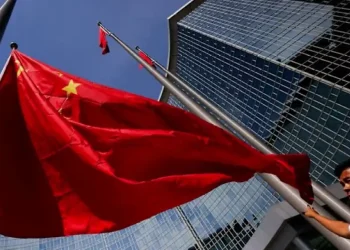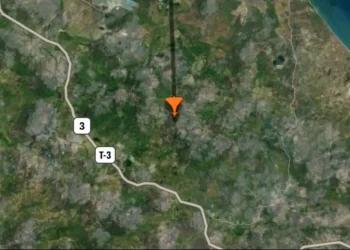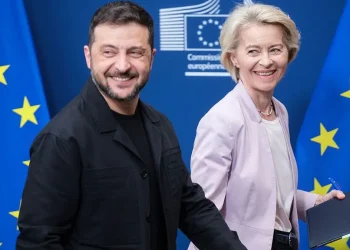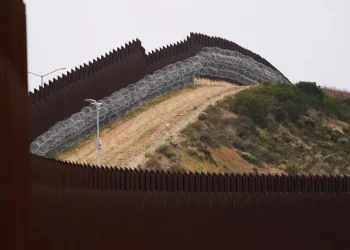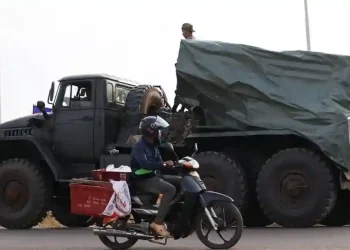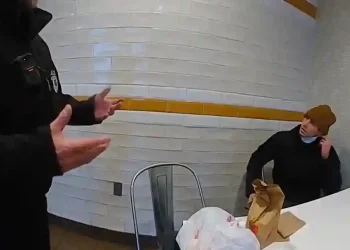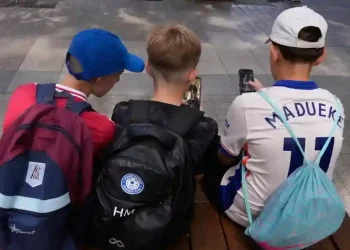Netanyahu Skips Ceasefire Talks Deadline, Focuses on Trump Meeting
The deadline for initiating talks on extending the Gaza ceasefire came and went on Monday with Israeli Prime Minister Benjamin Netanyahu in Washington, leaving the next steps for the fragile truce uncertain. The ceasefire, which has been in effect for just over two weeks, is set to expire on March 1. Under the terms of the agreement, negotiations for the next phase were meant to begin by Monday, but as of now, there’s no word from Netanyahu’s office on when or if a negotiating team will meet with Hamas.
Missing Negotiators: No Team Yet to Meet Hamas
As of Monday, the Israeli government has not publicly named a negotiating team for the upcoming talks. Meanwhile, Hamas, which has been silent on the deadline, has sent its own delegation to Qatar and Egypt this week. Qatar’s Prime Minister, Mohammed bin Abdulrahman Al-Thani, who has acted as a mediator in past negotiations, acknowledged the uncertainty, stating on Sunday that there were “no clear details” on when talks might begin. He added that they hoped to see progress in the coming days.
Netanyahu’s Focus Shifts to Washington
Rather than engaging directly with Hamas, Netanyahu’s attention seems focused on Washington. The Israeli Prime Minister is set to meet with U.S. President Donald Trump this week, marking him as the first foreign leader to meet Trump officially since the latter took office. Netanyahu’s office announced that he and Trump’s Middle East envoy had agreed that discussions on the second phase of the hostage deal would begin with their meeting in Washington, where they would outline Israel’s positions.
Ceasefire Details: A Fragile Pause
The current ceasefire, which began on January 19, has led to the release of 18 hostages held by Hamas in exchange for Israel releasing 583 Palestinians, including some serving life sentences and children held without trial. Israeli forces have withdrawn from Gaza’s population centers, humanitarian aid has flowed into the enclave, and the Rafah border crossing with Egypt has reopened for the first time since May 2023 for the evacuation of injured and sick Palestinians.
Despite a few violations, the ceasefire has largely held—representing the second major pause in the conflict in 15 months. However, the ceasefire was always intended to last just 42 days, meaning the next phase of talks should have started by Monday. Netanyahu’s delay in addressing Hamas directly has raised concerns that Israel is breaching the terms of the deal.
Next Phase: Full Withdrawal and More Hostage Exchanges
The second phase of the truce, which CNN understands would involve a complete withdrawal of Israeli military forces from Gaza and the release of all remaining hostages (both soldiers and civilians), is at the heart of these stalled negotiations. More Palestinian prisoners would be released in exchange for the hostages, a crucial part of the deal yet to be addressed.
Tensions Within the Israeli Government
Netanyahu’s delay in moving forward with talks has sparked criticism, including from veteran Israeli negotiator and peace activist Gershon Baskin. Baskin pointed out that Netanyahu’s refusal to engage with Hamas on time constitutes a violation of the ceasefire agreement and risks endangering the hostages.
At the same time, Netanyahu is under pressure from within his own government. U.S. President Trump, who has been credited with facilitating the current ceasefire, has also advocated for the forced migration of Gaza’s 2 million residents. This controversial stance aligns with the views of far-right ministers in Netanyahu’s coalition. Finance Minister Bezalel Smotrich has supported the idea of encouraging Palestinian migration out of Gaza, claiming it would alleviate suffering and bring security to Israel. Smotrich, who previously opposed the 2005 Gaza withdrawal, has threatened to withdraw from the government if Israel does not renew its offensive in Gaza after the current ceasefire phase ends.
Growing Political Fractures
The ceasefire has already caused fractures within the Israeli government. Far-right Minister Itamar Ben-Gvir pulled his party from the coalition, denouncing the ceasefire as a capitulation. Smotrich has made similar threats, further complicating Netanyahu’s political calculus as he navigates these delicate negotiations.
In sum, the truce’s future is hanging in the balance as Netanyahu prioritizes his discussions with Trump over direct negotiations with Hamas, leaving many questions unanswered about the next phase of the fragile ceasefire. The coming days will be critical in determining whether the ceasefire holds, whether hostages are freed, and whether Israel’s internal political tensions escalate further.
This article was rewritten by JournosNews.com based on verified reporting from trusted sources. The content has been independently reviewed, fact-checked, and edited for accuracy, neutrality, tone, and global readability in accordance with Google News and AdSense standards.
All opinions, quotes, or statements from contributors, experts, or sourced organizations do not necessarily reflect the views of JournosNews.com. JournosNews.com maintains full editorial independence from any external funders, sponsors, or organizations.
Stay informed with JournosNews.com — your trusted source for verified global reporting and in-depth analysis. Follow us on Google News, BlueSky, and X for real-time updates.
